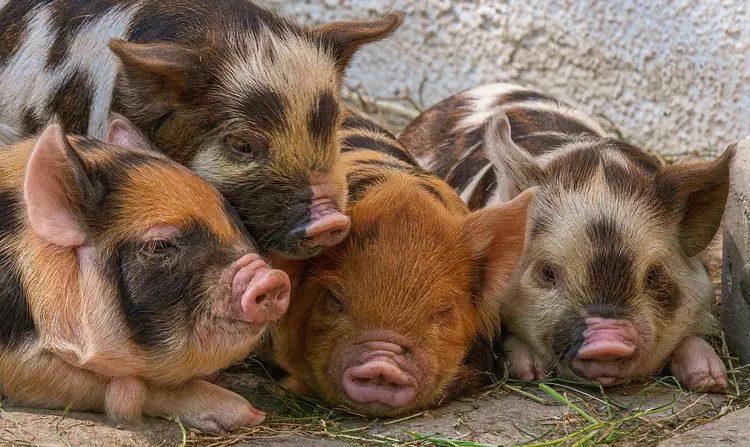Sexual and asexual reproduction
I can explain how sexual and asexual reproduction affect variation and evolution within populations of organisms.
Sexual and asexual reproduction
I can explain how sexual and asexual reproduction affect variation and evolution within populations of organisms.
These resources were made for remote use during the pandemic, not classroom teaching.
Switch to our new teaching resources now - designed by teachers and leading subject experts, and tested in classrooms.
Lesson details
Key learning points
- Sexual reproduction creates genetic variation in offspring by combining alleles from male and female gametes.
- Sexual reproduction occurs at a slower rate than asexual reproduction but creates variation which can lead to evolution.
- Asexual reproduction creates genetically identical offspring with no genetic variation.
- Asexual reproduction typically occurs at a much faster rate than sexual reproduction.
- Organisms that reproduce asexually can evolve if the environment or DNA copying errors cause changes in their genome.
Keywords
Evolution - The process in which the characteristics of species change over many generations, sometimes becoming new species.
Genetic variation - Differences between individuals that are caused by the genetic material they inherit.
Sexual reproduction - The process of creating offspring through the fusing of gametes.
Asexual reproduction - Reproduction involving one parent, giving genetically identical offspring.
Genome - All the genetic material of an organism.
Common misconception
Many students will hold the misconception that "complex" organisms (e.g. animals) use sexual reproduction and "simple" organisms (e.g. plants, microorganisms) use asexual reproduction to reproduce.
This lesson includes examples of plants and animals carrying out asexual and sexual reproduction.

Equipment
None required.
Content guidance
- Depiction or discussion of sexual content
Supervision
Adult supervision required
Licence
Prior knowledge starter quiz
6 Questions
Q1.The complete process of making offspring is called .
Q2.The Oak pupils are discussing reproduction. Who is correct?



Q3.When reproduction involves the fusing of gametes, it is called reproduction.
Q4.When two gametes fuse during sexual reproduction, this is called …
Q5.Which one is the male gamete in humans?




Q6.Each gamete carries __________ of the genetic material of the parent.
Assessment exit quiz
6 Questions
Q1.Differences between individuals’ genomes, caused by the genetic material they inherit, are called …

Q2.True or false? Evolution only occurs when there is genetic variation within a population of organisms.
Q3.Match the advantages and disadvantages to the correct examples.
produces genetic variation in offspring
produces offspring at a slower rate
produces offspring at a faster rate
produces no variation in offspring
Q4.The Oak pupils are discussing reproduction. Who is correct?




Q5.True or false? Organisms that reproduce asexually cannot evolve.



